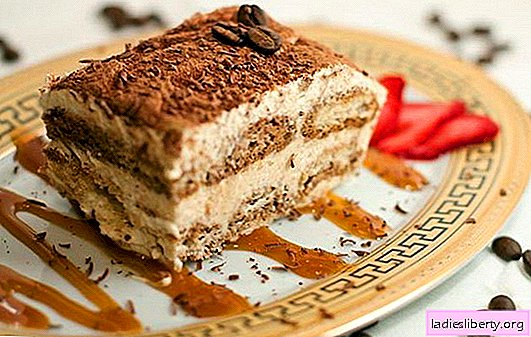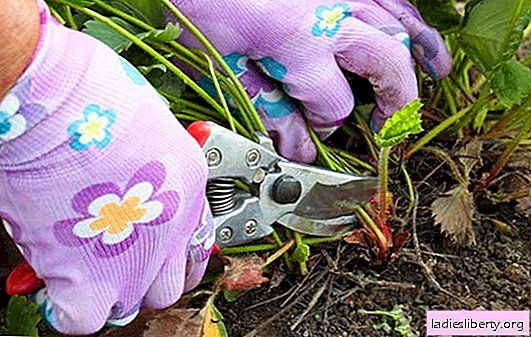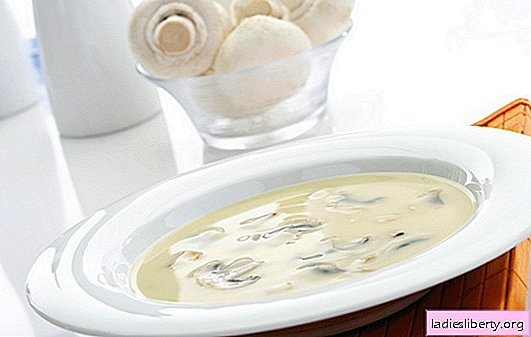
A flowerbed with flowers is created for aesthetic pleasure, above all. It can incorporate an additional decorative burden: close the unsightly look, combine garden design into a single picture.
The success of the design of the flowerbed lies in the knowledge of the landscape rules for the formation of plant compositions.
These rules were invented by gardeners, amateurs and professionals for a reason. Given their experience, it is easier to get the perfect combination of plants that will delight their flowering throughout the season.

A few words about the rules
Firstly, the flower bed should complement the integrity of the overall picture. A plot of land planted uniformly does not look attractive. Fans are encouraged to start small. Create several small flower beds and further enhance the experience. It is harmonious to mix annuals and perennials, early flowering, summer flowering and autumn plants in the planting.
Secondly, plants are combined in height. According to the rule of diversity, flowers are planted in the order: ground cover, undersized, medium and tall.
Thirdly, the harmonious shape of the flowerbed. It can be of various shapes: rectangular, trapezoid, triangle, pyramid. The choice of form is closely related to the architecture of the entire surrounding area.
Fourth, flowering time. It takes into account the flowering time of flowers and personal preferences. The ideal option is a continuously flowering flower bed.

Fifth, the color saturation of the composition. Cold shades visually distance, and warm shades bring closer. It's nice to look at color harmony. Psychologists noted that sociable people who love high-profile parties choose bright, contrasting colors. Calm and balanced nature - warm, gentle tones.

Simple flowerbed
The flower bed includes a small number of plants. It is enough to plant from three to five species. Work order:
1. A small earthen mound is created for such a flower garden. The task is to distinguish it from the general architecture of the site, so its elevation will be the best option;
2. The embankment must be shaped. Measurement work is carried out using a meter, a building level, a rope;
3. The flowerbed is fenced off with a border: from stone, from brick, plastic. Thus, the rule of integrity of the overall picture and functionality are taken into account. Namely, the flower garden should not be overgrown with weeds;
4. ponders the future composition of plants. It is recommended to take personal wishes first into account: color load, flowering time, plant height, aromatic properties of plants, their exactingness in light and soil, winter hardiness. We study the information base for each flower. After this, the plants are planted in the ground.

Rose garden
Rose, as you know - the queen of flowers. This flower is very picky about light and soil. Rose does not tolerate competitors and there are very few plants that can grow side by side with it. Work order:
1. select a well-lit sunny place;
2. The soil is being prepared. It should be of normal pH and enriched with minerals;
3. consider the composition of roses. It is recommended to plant low varieties from the sides, and high ones in the center or from one edge. The annual growth of plants in height and width is taken into account. A composition with one ground cover rose looks very attractive. It is undemanding to care, very winter-hardy, varied color choice, blooms in several dozen buds at the same time;
4. and finally, the selected plants are planted in the ground.

Complex flowerbed - mixborder
This term from the English language means “mix” and “border”. A mixborder is like a group of several small flower beds. The groups of plants in it grow densely to each other, flowing smoothly from one color composition to a new one. In design, they are called "islands." In a complex flowerbed there are groups of plants that perform tasks: aromatic filling of space, continuous flowering, “winter effect” (designation in landscape design).

A visual layout is prepared for each project of a complex flowerbed. Plants on it are located in the following groups: islands of the frontal background with plants of volumetric forms, islands of tall plants with a direct shape of leaves, islands of medium-sized plants with a lush shape of islands, islands of ground cover plants, low-growing islands of annual plants.

Territorial choice:
• mixborder flower garden - require an open sunny place;
• coniferous-heather mixborder - ideal for planting in the form of a hedge, in the form of a slide or facade view in front of the house;
• a mixborder in the English style - this is the style of planting plants along garden paths or against a lawn, along the walls of residential buildings. The composition consists of perennials of garden species or wild plants.
Decorators are advised to select unpretentious plants. Especially to flower designers - inexperienced gardeners. Since the flowers will have to grow in close interaction with each other, the most capricious of them will have to be constantly fed in order to achieve minimal flowering. Therefore, the best neighbors will be plants with similar exactingness, similar in breadth to growth.
Example

This mixborder is filled with flowers. All representatives love sunny color. The composition belongs to the type of continuously flowering mixborders. It is especially pleasant to distinguish a rose, a monarda, morning glory and hibiscus from among the plants presented, as they exude saturated and pleasant aromas throughout the flowering season. This scheme is recommended for landing near the gazebo or at home (right under the window).











